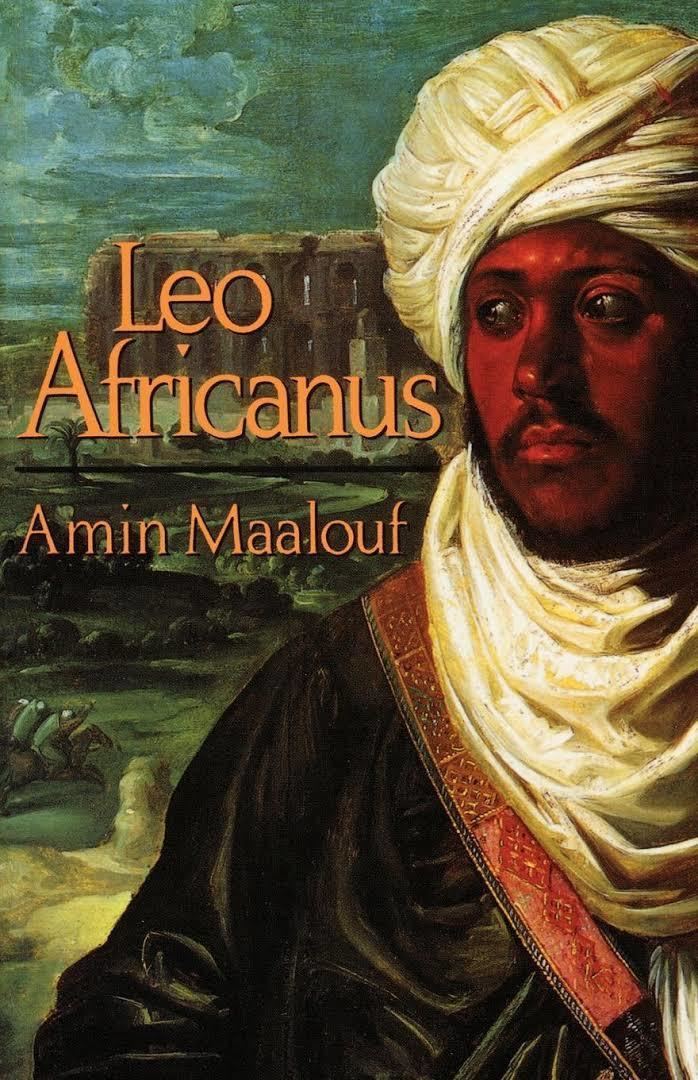Original title Léon, l'Africain Publication date 1986 Originally published 1986 Genre Historical drama Published in english 1992 | Translator Peter Sluglett Publisher New Amsterdam Books Published in English 1992 OCLC 24502286 | |
 | ||
Similar Works by Amin Maalouf, Historical novel books | ||
Leo Africanus is a 1986 novel written in French by Amin Maalouf, depicting the life of a historical Renaissance-era traveler, Leo Africanus. Since very little is actually known about his life, the book fills in the historical episodes, placing Leo in the company of many of the key historical figures of his time, including three popes, (Leo X, Adrian VI, and Pope Clement VII), two Ottoman emperors (Selim I and Suleiman the Magnificent), with appearances by Boabdil (the last Moorish king of Granada), Askia Mohammad I of the Songhai Empire, Ferdinand of Spain, and Francis I of France, as well as the artist Raphael and other key political and cultural figures of the period.
Contents
Leo Africanus is Maalouf's first novel. It received high praise. It is written in the form of a memoir.
Plot introduction
The book is divided into four sections, each organized year by year to describe a key period of Leo Africanus's life, and each named after the city that played the major role in his life at the time: Granada, Fez, Cairo, and Rome. While filled with biographical hypotheses and historical speculations, the book offers a vivid description of the Renaissance world, with the decline of the traditional Muslim kingdoms and the hope inspired by the Ottoman Empire, as it grew to threaten Europe and restore Muslim unity.
The book is based on life experiences which took Leo Africanus almost everywhere in the Islamic Mediterranean, from southern Morocco to Arabia, and across the Sahara. It places Hasan/Leo in various historical events and narrates those events. In Granada, the book describes the Granada War and the Treaty of Granada which marked the end of Islamic rule in Spain, as well as the Alhambra Decree which expelled all Jews from Spain. In the Fez section, it describes the news of the failed Muslim rebellion in Granada, the discussions resulting in the Oran fatwa, the Spanish and Portuguese colonial campaigns in North Africa and their conflicts with the North African Muslims. In the Cairo section it depicts the Ottoman–Mamluk War which ended in the Ottoman conquest of Egypt. In the Rome section, the narration includes an Ottoman embassy to France, the Italian War of 1521–26, and the War of the League of Cognac, culminating in the 1527 Sack of Rome.
Characters
Major themes
This novel explores confrontations between Islam and Christianity as well as the mutual influence that the two religions had on each other and on the people they governed.
